Making an impact: Safety program provides crucial grain rescue tools
Grain Bin Safety Week is Feb. 16-22, 2025 – Nominate your local fire department through April 30.
Read More1) What can I burn?
Ohio law allows the burning of “agricultural wastes” under certain conditions. According to Ohio law, agricultural waste includes:
2) What can’t I burn?
3) Where can I burn?
Agricultural waste can only be burned on the property where the waste is generated; the waste may not be taken to a different property for burning and a farmer cannot receive and burn waste from another property.
If the burning is inside a “restricted area,” then prior written notice to Ohio EPA must be provided at least 10 days in advance of the burning.
The law defines a “restricted area as: Any area inside city or village limits; Any area within the 1,000-foot zone outside of a city or village with a population of 1,000 to 10,000; Any area within a one-mile zone outside of a city or village with a population of more than 10,000.
The fire must occur in a location where it will not obscure visibility for roadways, railroad tracks or air fields. The fire must be more than 1,000 feet from any neighboring building inhabited by people, such as homes, stores, restaurants, schools, etc.
4) When can I burn?
Ohio’s wildfire laws limit open burning in rural areas during the March, April, May, October and November, when wildfire risk is highest due to dry vegetative conditions and dry winds.
During these months, open burning in rural areas is completely prohibited between 6 a.m. and 6 p.m., when volunteer fire departments are not well-staffed. An exception to this prohibition applies to farmers under the following conditions.
Next Week: Open burning part II
Source: Ohio open burning law, Peggy Kirk Hall, OSU Extension Agricultural & Resource Law.
(Farm and Dairy is featuring a series of “101” columns throughout the year to help young and beginning farmers master farm living. From finances to management to machinery repair and animal care, farmers do it all.)
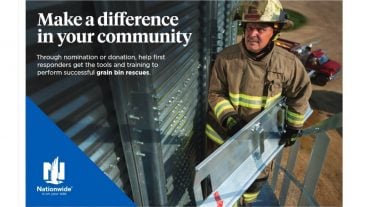
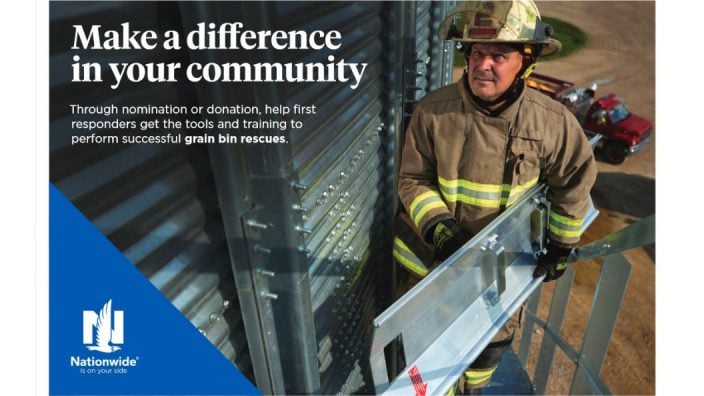
Grain Bin Safety Week is Feb. 16-22, 2025 – Nominate your local fire department through April 30.
Read More
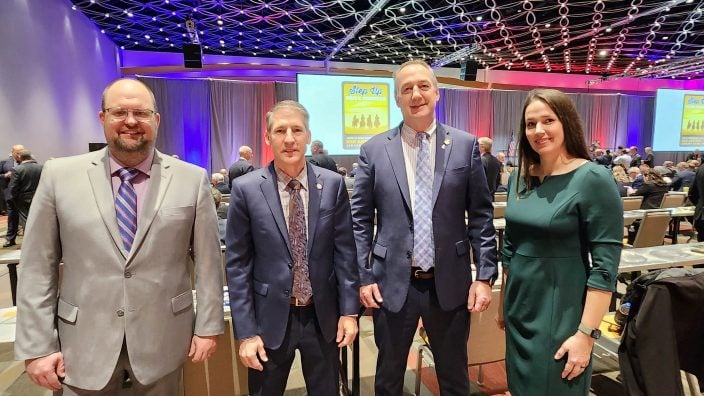
All 13 policies that came from Ohio were passed on the AFBF delegate floor.
Read More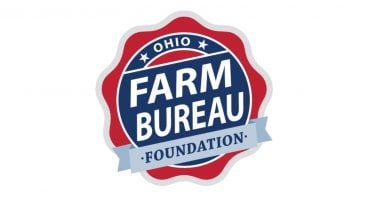
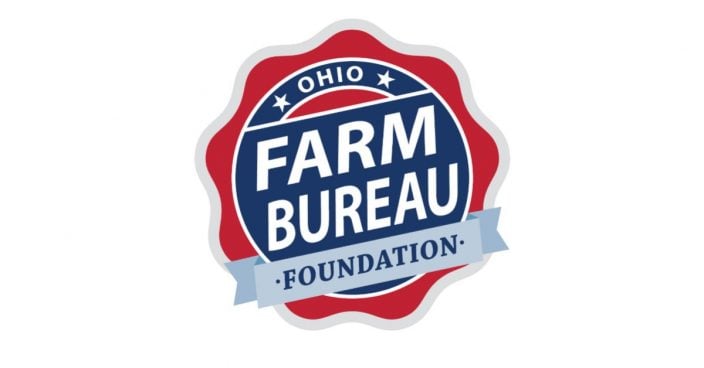
Buckeye Local is pioneering a new standard in rural education innovation, merging physical infrastructure with curricular advancements to deepen students’ interest in agriculture and its extensive career options.
Read More

Ohio Farm Bureau Young Agricultural Professional Abby Campbell of Washington County is the winner of the 2025 American Farm Bureau Discussion Meet.
Read More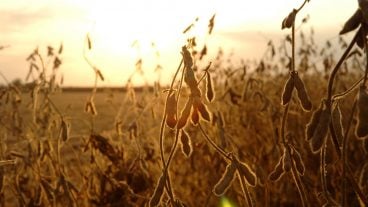
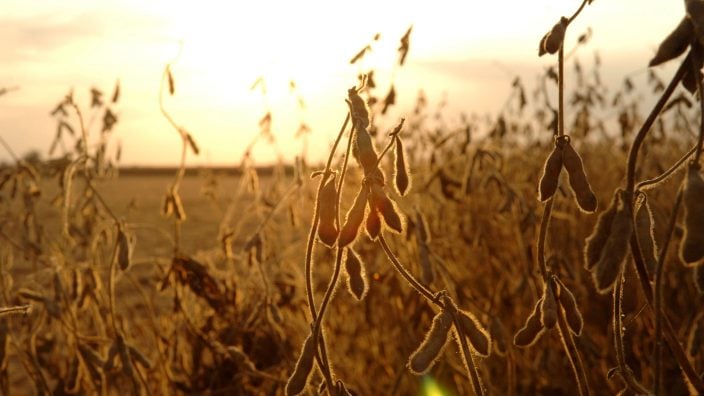
On Jan. 24, the Supreme Court issued an order granting a request by the government to allow enforcement of the Corporate Transparency Act (CTA) while litigation continues over the law.
Read More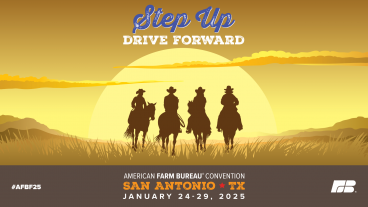
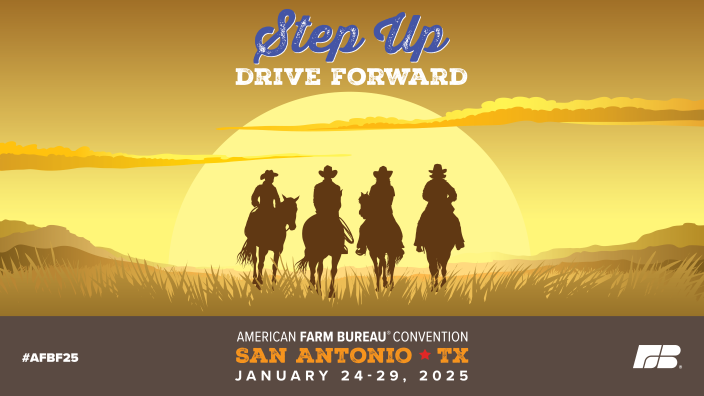
Follow the action as it’s happening in San Antonio on Ohio Farm Bureau social media channels: Facebook, YouTube, X and TikTok, using #AFBF25.
Read More

Join Ohio Farm Bureau for a free webinar Feb. 11 to discuss the recent increases in CAUV values, Registration is required.
Read More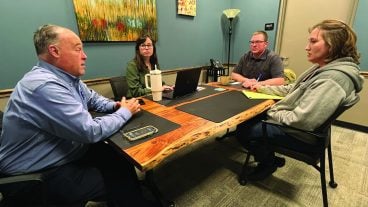
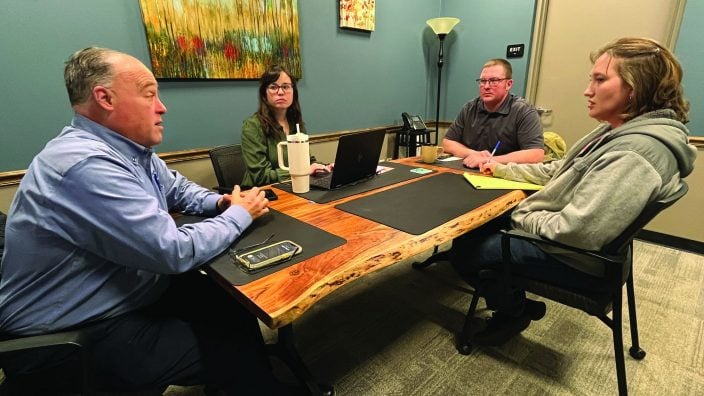
Dr. Ron Hanson helps counsel farm families to resolve conflicts while helping the next generation assure their financial future. He is a featured speaker at the 2025 Winter Leadership Experience.
Read More

Ohio Farm Bureau Foundation recently added four new board members and elected officers of its 14-member board, which oversees the charitable, nonprofit organization.
Read More

Grants support ag-related programming that enhances agricultural literacy efforts while creating pathways for young people to learn about ag careers.
Read More